where is the best place for a seam in a granite counter
ardcp
10 years ago
Featured Answer
Sort by:Oldest
Comments (9)
Joseph Corlett, LLC
10 years agoRelated Professionals
Saratoga Springs Kitchen & Bathroom Designers · Bensenville Kitchen & Bathroom Designers · Hopewell Kitchen & Bathroom Remodelers · Boca Raton Kitchen & Bathroom Remodelers · Calverton Kitchen & Bathroom Remodelers · Eagle Kitchen & Bathroom Remodelers · Lakeside Kitchen & Bathroom Remodelers · Oklahoma City Kitchen & Bathroom Remodelers · Weston Kitchen & Bathroom Remodelers · Livingston Cabinets & Cabinetry · Sunrise Manor Cabinets & Cabinetry · Warr Acres Cabinets & Cabinetry · Eastchester Tile and Stone Contractors · Farragut Tile and Stone Contractors · Riverdale Design-Build FirmsOOTM_Mom
10 years agoa2gemini
10 years agoUser
10 years agoGracie
10 years agoGranite City Services
10 years agoGracie
10 years agoJoseph Corlett, LLC
10 years ago
Related Stories
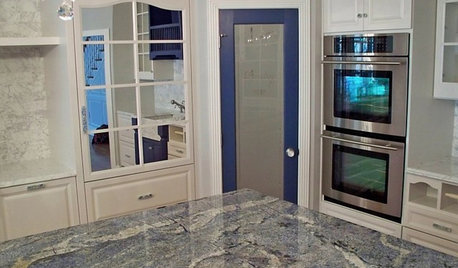
KITCHEN COUNTERTOPSKitchen Counters: Granite, Still a Go-to Surface Choice
Every slab of this natural stone is one of a kind — but there are things to watch for while you're admiring its unique beauty
Full Story
KITCHEN COUNTERTOPSKitchen Countertops: Granite for Incredible Longevity
This natural stone has been around for thousands of years, and it comes in myriad color options to match any kitchen
Full Story
REMODELING GUIDESWhere to Splurge, Where to Save in Your Remodel
Learn how to balance your budget and set priorities to get the home features you want with the least compromise
Full Story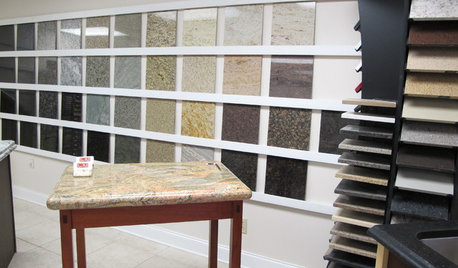
KITCHEN COUNTERTOPSWalk Through a Granite Countertop Installation — Showroom to Finish
Learn exactly what to expect during a granite installation and how to maximize your investment
Full Story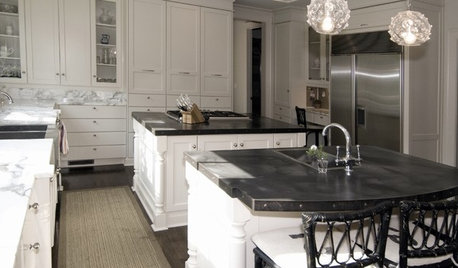
KITCHEN COUNTERTOPSKitchen Countertop Materials: 5 More Great Alternatives to Granite
Get a delightfully different look for your kitchen counters with lesser-known materials for a wide range of budgets
Full Story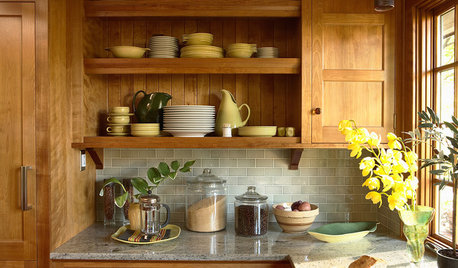
KITCHEN BACKSPLASHESHow to Choose a Backsplash for Your Granite Counters
If you’ve fallen for a gorgeous slab, pair it with a backsplash material that will show it at its best
Full Story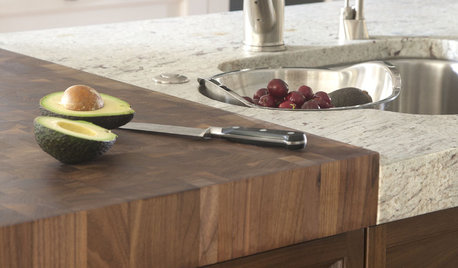
KITCHEN DESIGNKitchen Counters: Try an Integrated Cutting Board for Easy Food Prep
Keep knife marks in their place and make dicing and slicing more convenient with an integrated butcher block or cutting board
Full Story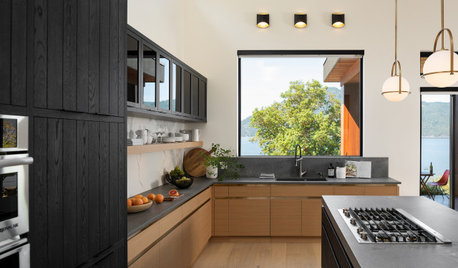
KITCHEN DESIGNWhere Should You Put the Kitchen Sink?
Facing a window or your guests? In a corner or near the dishwasher? Here’s how to find the right location for your sink
Full Story
THE HARDWORKING HOMEWhere to Put the Laundry Room
The Hardworking Home: We weigh the pros and cons of washing your clothes in the basement, kitchen, bathroom and more
Full StoryMore Discussions






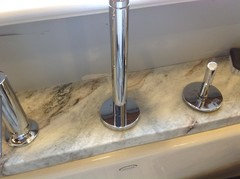
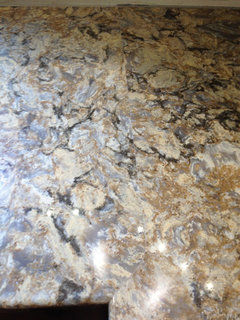
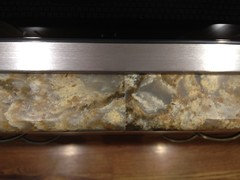
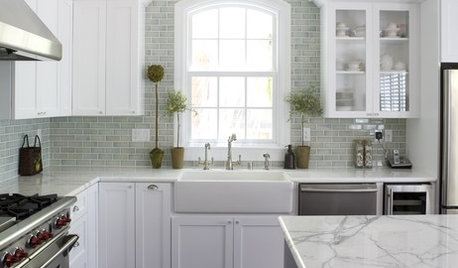


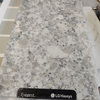

jellytoast